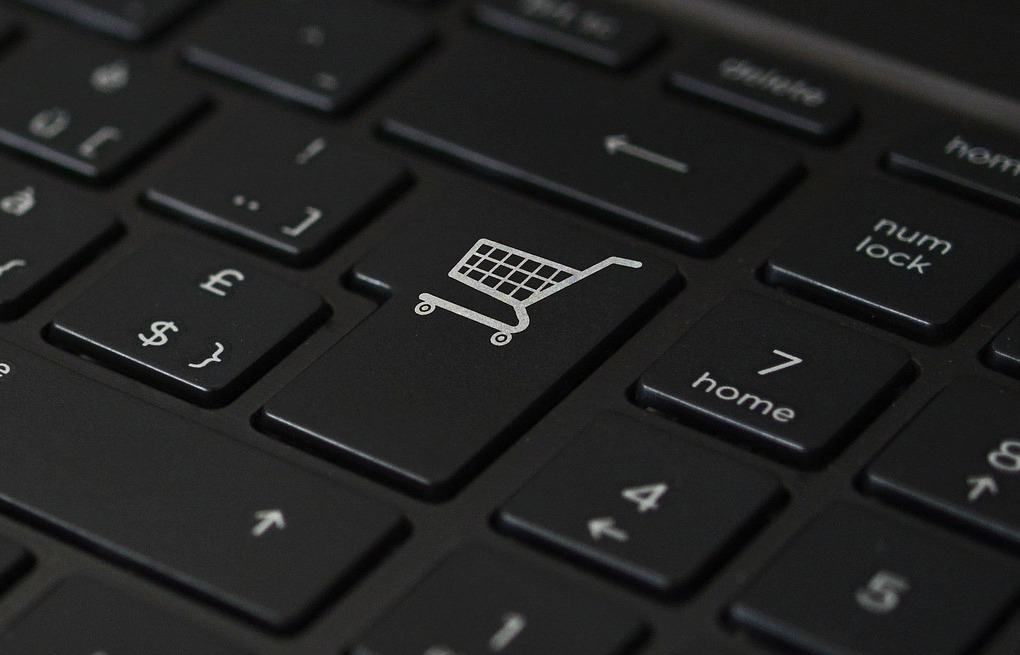Are you looking to scale your e-commerce website? If yes, then you have to work on your marketing. Here are nine powerful multichannel marketing tips for e-commerce brands.

1. Define Focus of the Channels
Being everywhere is not the definition of multichannel. It is not necessary for you to market on all social media platforms like blogs, LinkedIn, Twitter, Facebook, and others. Before picking a marketing channel, determine its significance to your online company. Every channel you choose must work for your target audience, business model, and industry.
Facebook comprises more registered users as compared to other social networks. But it might fail to fit your business the way Twitter and LinkedIn might fit it. Facebook is better suited for B2Cs, as well as Instagram. But B2Bs might be more suited for LinkedIn. When you are looking to use mobile marketing or email, put your audience into consideration. Determine whether they would want to receive emails or text messages from you. Therefore, you need to determine your target audience so that you can determine the strategic channels for your e-commerce.
2. Comprehend the Journey of the Buyer
It takes more than one interaction or touchpoint prior to buyers purchasing from you. In case they end up on your site via organic search, they could leave before converting. Additionally, people do not usually buy a product at the initial moment they see it. Instead, they could look up reviews, ask around, compare your product price, and more.
To scale and grow an e-commerce company, you require understanding the journey of the buyer. The buyer’s journey includes forces like awareness, consideration, decision-making, and post-purchase.
3. Create a Multichannel Marketing Plan
After comprehending the journey of the buyer, you can create a multichannel marketing plan for your e-commerce. A marketing plan that is effective has communication techniques, marketing channels for interaction with customers, and types of content. The multichannel marketing plan needs to include attainable and realistic goals; buyer personas as well as sales channels that suit them; specific tactics of marketing and each channel’s communication across numerous devices; KPIs and tactics for measuring them; and action plans to keep things on track.
4. Utilize Dynamic Remarketing Across Every Channel
Dynamic remarketing lets you expose product ads to prospects or customers who have been to your site. Products they have seen on your site are re-marketed to them, and the ads consist of messages customized for the product and the behavior of the buyer. This can result in increased conversions and decreased rate of cart abandonment.
This technique allows you to link the feed of your product, including image, price, and unique ID to your server platform and ad building. Depending on the platform on use, you can include dynamic retargeting tags to every page of your social media and website ads. Some ad platforms identify every client using cookies or by linking every visitor with a unique ID to check the viewed product.
5. Customize Marketing Messages to Suit Every Channel
Each marketing channel is different. What works on Facebook might fail on email marketing. If you use the same marketing message for all channels, your marketing plan could fail. As you craft the message, consider what the audiences in every channel expect. Tailor the marketing message to your prospects and how the marketing channel works.
6. Use CRM Software
Multichannel marketing of your e-commerce depends on the technology behind it. You need to keep up with your targets as they shift between the marketing channels. As opposed to filling each channel with content aimlessly, focus on individuals who interact with your product. You can achieve this with CRM. This system lets you know all the interactions between your brand and clients. You can select a CRM that links to every channel you are utilizing to ensure every interaction is recorded. When a client communicates to the company on a particular channel, the software immediately builds a user profile, which is progressively updated with each interaction.
7. Leverage Influencer Marketing
Almost each e-commerce brand is utilizing strategies of multichannel marketing. Therefore, clients get exhausted from being interrupted by ads. Because people cannot read a blog post or watch a video on Facebook or YouTube without getting interrupted by pop-ups, they install ad blockers. If there are ads they can’t block, they ignore them. If prospects are attentive to your content, it’s either because they want to buy your products or you are interesting.
Influencer marketing is the better pick. Using a famous person who is not linked to your product pushes people to look you up. You can team up with Facebook experts, bloggers, YouTube stars, and Instagram models to market your e-commerce brand.
8. Leverage User-Generated Content
User-generated content is content made by a social follower, site visitor, or customer. This content includes social media posts, forum discussions, word-of-mouth, or testimonials and online reviews. Request existing clients for text or video reviews of your services or products and include them on your e-commerce site. You can also include loyal clients on a live Q&A session or your newsletter. Additionally, you can ask clients to share their experience with your product on social media.
9. Maintain a Consistence User Experience
The value you are offering and the way you are offering it must appear and feel similar on all channels and devices. As you personalize your market messages to suit each channel, use the same branding, messaging tone, colors, and images.
Conclusion
These nine marketing tactics will surely work for you as you work to grow your online business.









